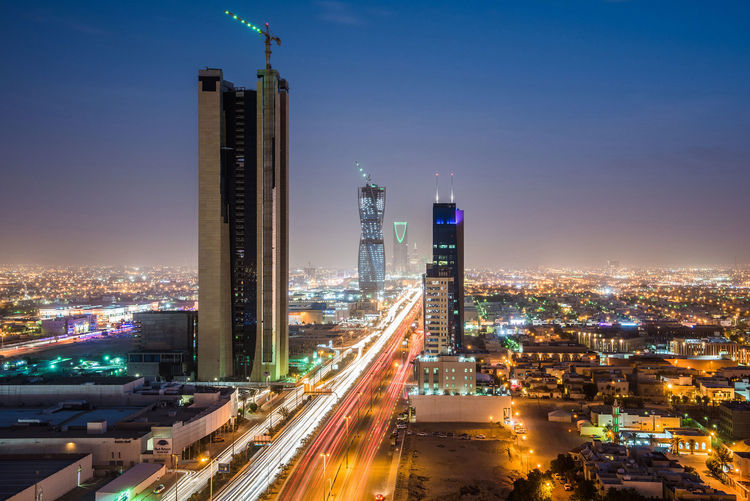
Saudi Arabia, the world’s largest crude exporter, cut all official selling prices for its crude sales to Asian and US clients in August.
State-owned Saudi Arabian Oil Co. lowered its official selling price for Arab Light crude to Asia by 40 cents to a premium of 20 cents a barrel above a regional benchmark, the company known as Saudi Aramco said in an e-mailed statement Thursday. The company had been expected to cut the premium for shipments of Arab Light crude by 25 cents to 35 cents a barrel more than the benchmark for buyers in Asia, according to the median estimate in a Bloomberg survey of seven refiners and traders in the region.
Brent crude has dropped more than 35 percent since Saudi Arabia led a 2014 decision by the Organization of Petroleum Exporting Countries to maintain production to drive out higher-cost producers. The group decided to stick to its policy of unfettered production at its June 2 meeting in Vienna, with ministers united in their optimism that global oil markets are improving.
Saudi Arabia considers the global oil glut to be over, its Energy Minister Khalid Al-Falih told the Houston Chronicle in an interview this month. The comments echo views of the International Energy Agency, which said on June 14 that the crude market will be balanced in the second half.
All other official selling prices for Asian clients were also reduced, the statement showed. The biggest cut was by 90 cents a barrel for Extra Light, to a premium of $1.70 a barrel above an Oman/Dubai benchmark. U.S. prices were all lowered compared with July. Again, the largest reduction was Extra Light. Its premium was lowered to $1.70 a barrel above its benchmark, compared with $2.10 for July.
Middle Eastern producers are competing with cargoes from Latin America, North Africa and Russia for buyers in Asia, its largest market. Producers in the Persian Gulf region sell mostly under long-term contracts to refiners. Most of the Gulf’s state oil companies price their crude at a premium or discount to a benchmark. For Asia the benchmark is the average of Oman and Dubai oil grades.